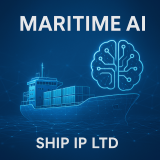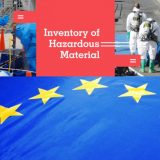“It is essential for vessels to have, and maintain, accurate and up to date IHM certification and we look forward to working with Verifavia and DNV GL to provide a thorough and independent service,” said Kim Christensen, fleet director of OSM Maritime Group.
Verifavia’s IHM services involve the preparation of a Visual Ship Check Plan followed by the onboard collection of samples and analysis from a certified, independent laboratory. This is then developed into a report and shared with the respective class society for final cross-checking, verification, and certification, allowing the identification of any hazardous materials to be removed when preparing the ship for recycling.
Verifavia reminded that from 31 December 2020, the EU Ship Recycling Regulation (SRR) will apply to new EU-flagged ships and EU-flagged ships going for dismantling, and will affect all existing EU-flagged ships as well as ships flying the flag of a third country and calling at an EU port or anchorage.
The regulation prohibits or restricts the installation and use of hazardous materials (like asbestos or ozone-depleting substances) onboard ships, as well as making it mandatory for ships to carry onboard a certified IHM specifying the location and approximate quantities of those materials. The EU SRR also requires the IHM to be updated throughout the ship’s operational life, whether items and equipment are installed, modernised or replaced.





